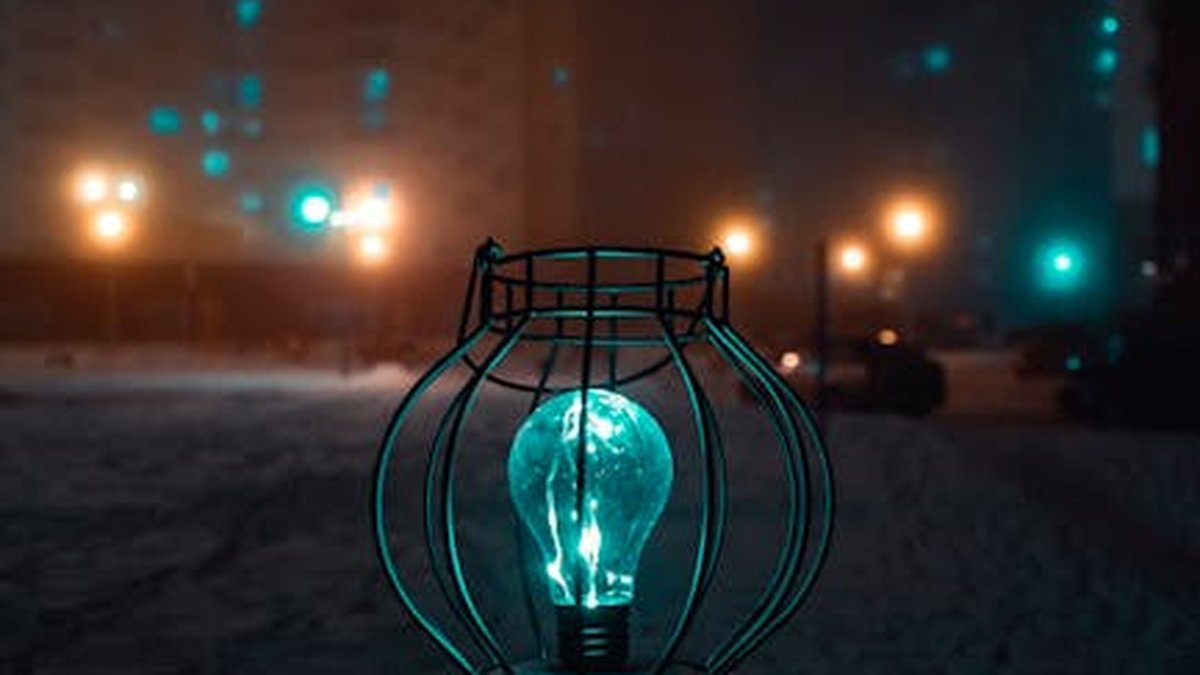Conquering Seasonal Affective Disorder: Light Therapy and Mindful Practices
The days grow shorter, the nights grow longer, and a familiar feeling of gloom starts to settle in. For many, this isn’t just a case of the winter blues; it’s Seasonal Affective Disorder (SAD), a type of depression related to changes in seasons. But don’t despair! There are effective strategies to combat SAD and reclaim your well-being. This article explores the power of light therapy and mindful practices in conquering Seasonal Affective Disorder.
Understanding Seasonal Affective Disorder
Seasonal Affective Disorder is more than just feeling a little down during the winter months. It’s a recurring pattern of depression that typically begins in the fall and continues through the winter, subsiding in the spring and summer. While the exact cause isn’t fully understood, it’s believed to be related to reduced sunlight exposure, which can disrupt your body’s internal clock (circadian rhythm) and affect levels of serotonin and melatonin, two neurotransmitters that play a role in mood regulation.
Symptoms of SAD
Recognizing the symptoms of SAD is the first step toward managing it. Common symptoms include:
- Persistent sadness or low mood
- Loss of interest or pleasure in activities you once enjoyed
- Changes in appetite or weight, often craving carbohydrates
- Fatigue and low energy
- Difficulty concentrating
- Feelings of hopelessness, worthlessness, or guilt
- Sleeping problems, such as oversleeping or insomnia
- Irritability
Light Therapy: Shining a Light on SAD
Light therapy, also known as phototherapy, is a widely recognized and effective treatment for SAD. It involves sitting near a special light box that emits bright, artificial light that mimics natural sunlight. This light helps to regulate your circadian rhythm and boost serotonin levels, alleviating depressive symptoms.
How Light Therapy Works
Light therapy works by exposing you to intense light that stimulates the retina in your eyes. This signals your brain to reduce melatonin production (which makes you sleepy) and increase serotonin production (which improves mood). The key is using the light box correctly and consistently.
Tips for Effective Light Therapy
- Choose the Right Light Box: Look for a light box that emits 10,000 lux (a measure of light intensity) and filters out harmful UV rays.
- Timing is Key: Most experts recommend using a light box first thing in the morning for about 20-30 minutes.
- Proper Positioning: Place the light box about 12-24 inches away from your face, angled slightly to the side. You don’t need to stare directly at the light; simply let the light enter your eyes.
- Consistency is Crucial: Use the light box every day, even on sunny days, throughout the fall and winter months.
- Consult Your Doctor: Talk to your doctor before starting light therapy, especially if you have any eye conditions or are taking medications that increase sensitivity to light.
Mindful Practices: Cultivating Inner Light
While light therapy addresses the physiological aspects of SAD, mindful practices can help you manage the emotional and psychological challenges. Mindfulness involves paying attention to the present moment without judgment, allowing you to observe your thoughts and feelings without getting carried away by them.
Mindfulness Techniques for SAD
- Meditation: Regular meditation, even for just a few minutes each day, can help reduce stress, improve focus, and cultivate a sense of calm. There are many guided meditation apps and resources available online.
- Deep Breathing Exercises: Practicing deep, slow breaths can activate your body’s relaxation response and ease anxiety. Try the 4-7-8 breathing technique: inhale for 4 seconds, hold for 7 seconds, and exhale for 8 seconds.
- Yoga and Tai Chi: These practices combine physical movement with mindful breathing, promoting both physical and mental well-being.
- Nature Walks: Even on cold or cloudy days, spending time in nature can be beneficial. Bundle up and take a short walk in a park or forest, paying attention to the sights, sounds, and smells around you.
- Gratitude Journaling: Taking time each day to write down things you’re grateful for can shift your focus from negative thoughts to positive ones.
Combining Light Therapy and Mindful Practices
The most effective approach to conquering SAD often involves combining light therapy with mindful practices. Light therapy addresses the underlying physiological imbalances, while mindfulness helps you manage the emotional and psychological symptoms. Together, they can create a powerful synergy that promotes overall well-being.
For example, you could start your day with a 30-minute light therapy session, followed by a 10-minute meditation. Throughout the day, practice mindful breathing exercises whenever you feel stressed or overwhelmed. Make time for activities you enjoy, even if you don’t feel like it at first. Staying connected with friends and family is also crucial for combating feelings of isolation and loneliness.
Seasonal Affective Disorder can be a challenging condition, but it is manageable. By incorporating light therapy and mindful practices into your daily routine, you can effectively combat the winter blues and reclaim your joy and well-being. Remember to consult with your doctor or a mental health professional for personalized guidance and support. Don’t let the darkness of winter dim your inner light; shine brightly and embrace the season with hope and resilience.






